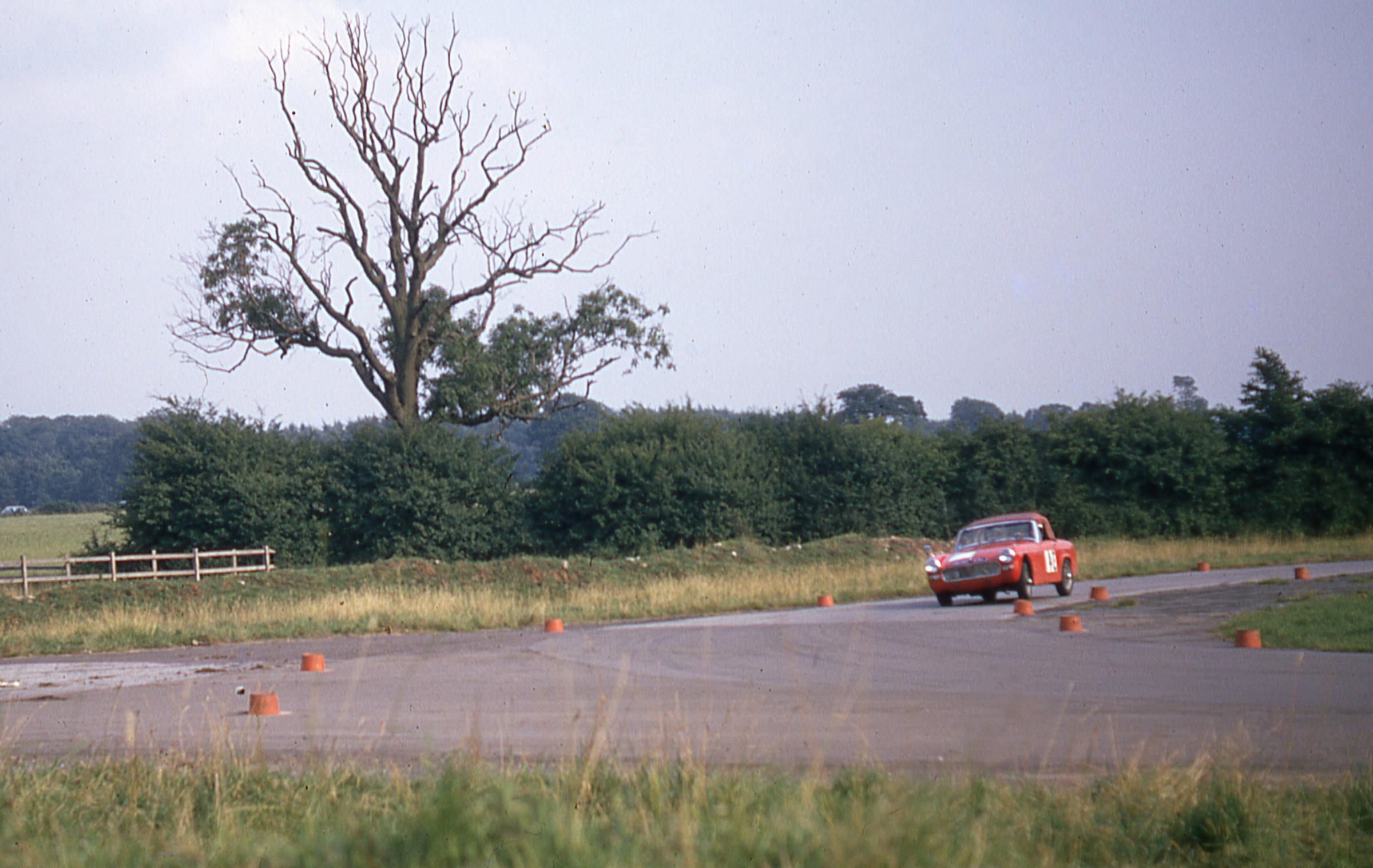I didn’t think I had owned a great many cars in my life, but when I made a list of those that I can remember it numbered 52.
There’s the Chevron B8 that I bought minus an engine for £450; the E-Type Fixed Head RHD chassis number one that I sold for £1; the original Mirage GT40 shell I bought for £120; the unique Chevron B16 Spider tub that I acquired by swapping it for a Hewland gearbox; and the TR6 which, in the early 1970s, someone driving a ‘Dagenham Dustbin’ smote heavily having crossed a red light. Following a full restoration, the latter was offered to me recently, but I didn’t buy it back simply because I have far too many cars.

I try not to regret any decision made in life, but it’s natural to have the odd pang. On reflection, the one that got away that stands out was my second ever car; a straightforward MG Midget. I bought it in 1969, when I was 18, as a part exchange for my Austin Healey Sprite. There was nothing special or unusual about it, however, the dealer mis-described it. He said the Midget was a 1275cc-engined Mk3, when in fact it was a 1098cc Mk2. Initially, I wasn’t very pleased but, with the enthusiasm of youth and the hoped-for bonus that girls would enjoy going out in my little red sports car, I kept it.
I had so much fun in that Midget. I recall the Head Girl at my co-ed private school ordering me to take her out for a drive. We headed out of town and into the country. You could easily drift it round bends on quiet rural lanes. I’m not sure she was impressed with me, but she loved the car. I then had the brilliant Ralph Broad’s team bring the Midget up to half-race spec, which meant it was still usable on the road as my everyday transport but I could go sprinting and hill-climbing at the weekends.


The Broadspeed guys did a brilliant job; it was quick but still tractable, which was very exciting for an 18-year-old. Most of their work was concentrated on the engine: modified head, hotter cam, that sort of thing, and for competitive events, I had a short, un-silenced, side-exiting exhaust pipe I fitted when I arrived at the venue.
I’d been an avid motor racing enthusiast virtually since birth, and like so many schoolboys in the 1950s my hero was Stirling Moss, with whom I became close friends. In the 2000s, I suggested we work on a series of books together based on his wonderful scrapbooks and he said, “I think you’re crazy, but OK”. Whether we were chatting about the past or having a relaxed dinner, I felt honoured to spend time with him. There was always a lot of banter; Stirling had a great sense of humour and told a lot of dreadful jokes.
My parents had taken me to the Shelsley Walsh hillclimb as a schoolboy in the early ’60s and the modified Midget allowed me enter. I wonder how many people have competed at this hallowed venue while still at school? If I smell Castrol ‘R’, I immediately have a picture in my mind of the famous paddock, which has been unchanged for a century.
The Midget gave me a taste for competition but I had ambitions to move on and build a pure racer Modsports Sprite, which, being transported on a trailer, required a tow car. So I replaced the MG with a Triumph TR4A.

My mother worried about me competing and forbade my father to continue supporting my motor racing ambitions, which put paid to it in the end. In 1973, I developed a fatal attraction for classic cars, especially Jaguar XKs and E-types, and could see they were going to become out of reach financially if I did not react quickly. For relative peanuts, I bought five XKs in 1973 and four E-types in 1977, including 9600 HP and, without knowing its significance, the Roadster from The Italian Job. For me, style and performance are of equal importance, and heritage is another factor.
I shouldn’t have sold the Midget because it was a very special car, not only to me, but in its own right. When I left school, I began working as an articled clerk in a Birmingham firm of accountants but gave it up after five months. I always say I couldn’t stand the pace! John Cleese’s constant jibes at that time in Monty Python sketches about accountants – “I am a chartered accountant and consequently too boring to be of interest” – only served to harden my resolve to give up the profession (I interviewed him many years later for my book with the late Barry Cryer and kick myself for not thanking him) and so I lost touch with the colleague to whom I sold the Midget.
Maddeningly, I can’t recall the registration number, but I do hope it was saved. Broadspeed transformed that Midget into a superb little sports car with great performance and personality. If I could find it, I would love to add it to my little collection. It would be interesting to see how it felt to drive, all these years on. I suspect it would still be great fun.
Read more
The One That Got Away: Marc Allum’s 1960 Cadillac Sedan de Ville
Could this Japanese gearbox transform your old British sports car?
MG TB video: “Motoring from a different age – fabulous!” | Hagerty UK Bull Market List







